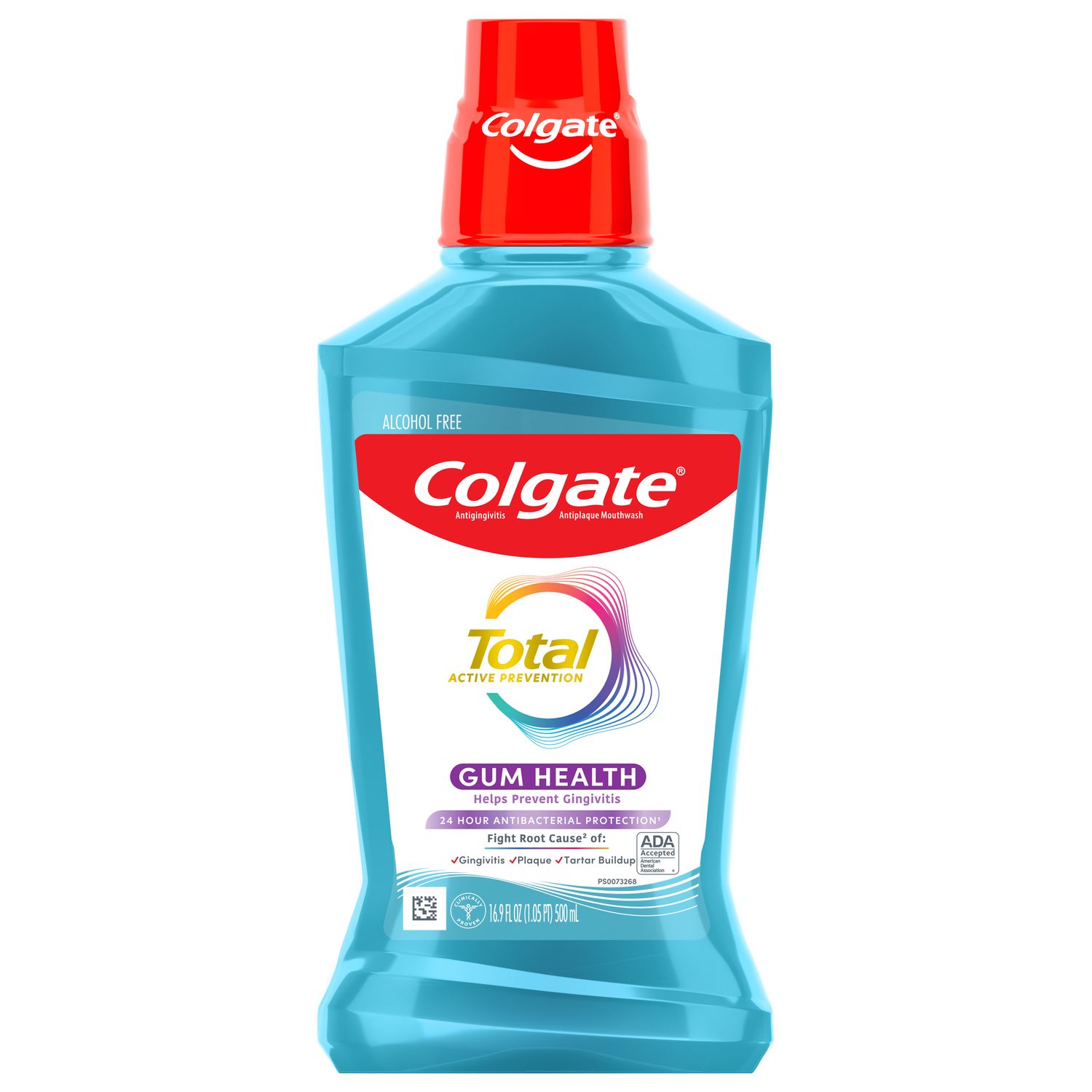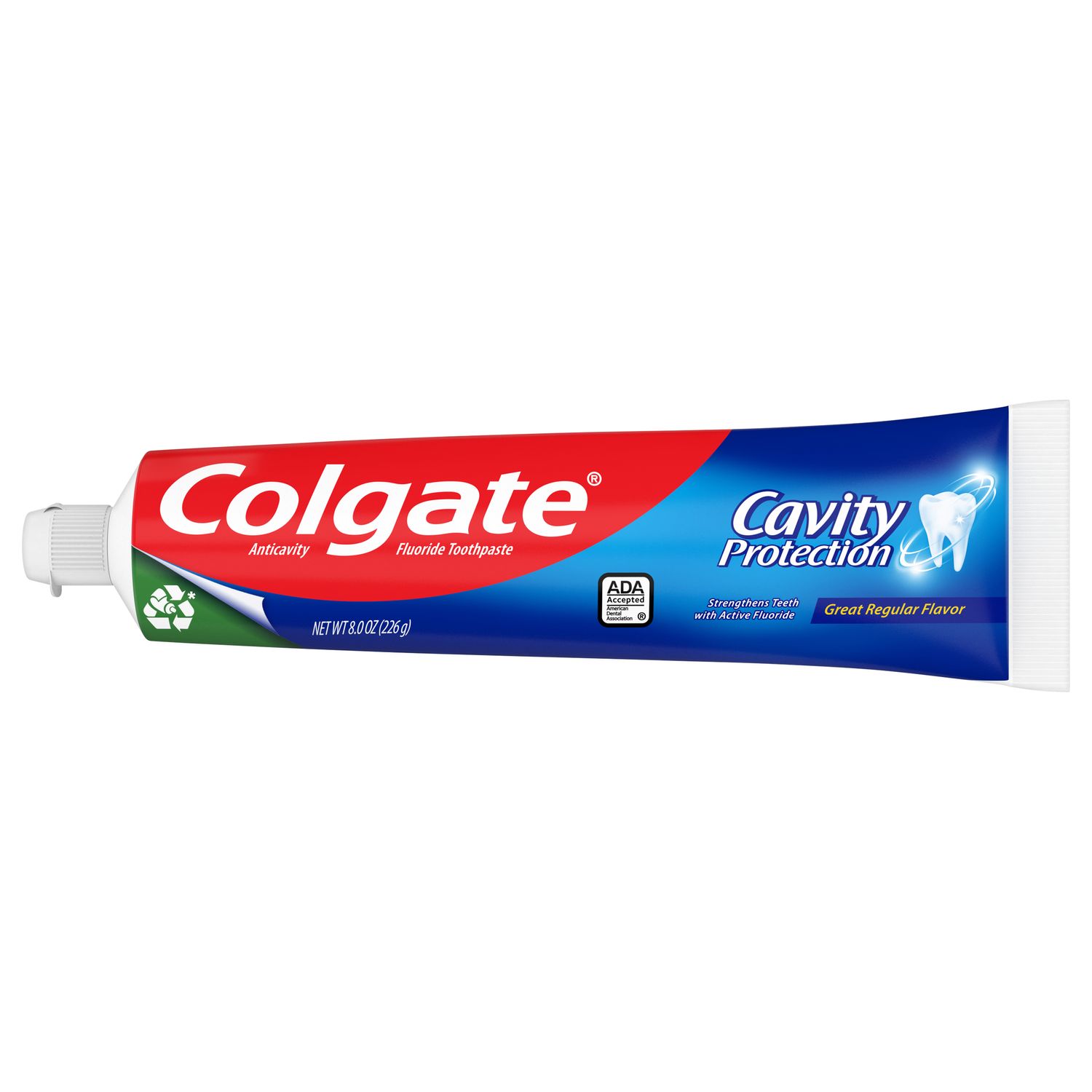Dental Sedation vs. Anesthesia
Both sedation and general anesthesia are used to help patients during dental treatments. They ease anxiety, prevent pain and ensure the safety of the procedure, as the British Columbia Dental Association explains. Both can make you feel drowsy, limit your coordination and affect your ability to remember the procedure, which is why you should always bring an escort to the dental office if you are undergoing sedation or anesthesia. Despite these similarities, sedation and anesthesia are not the same.
Under sedation, you will feel relaxed and may fall into a light sleep, as the National Institutes of Health (NIH) notes. Often, your dentist refers to this as conscious sedation because you are awake, though in a state of depressed alertness. You will likely be able to maintain your own airway and respond to verbal or physical cues. This method of sedation is delivered through a face mask using nitrous oxide, also known as laughing gas, or it can be administered as an oral pill or via injection, according to the American Dental Association (ADA).
As for general anesthesia, patients are completely asleep throughout the procedure and won't remember the treatment afterward, according to the American Academy of Pediatrics (AAP). As the ADA's sedation guidelines outline, qualified professionals will administer general anesthesia through an IV line, and patients often require assistance with their airway. Typically, this procedure occurs in a surgical center, hospital or properly equipped dental office with trained anesthesia professionals, as the AAP explains.
Who Can Receive Sedation and Anesthesia
Before choosing between sedation vs. anesthesia, your dentist will talk you through your options and make a recommendation. In adult dentistry, your dentist may recommend these options if you need a wisdom tooth extraction, as the Mayo Clinic explains. The Mayo Clinic also notes that dental implant treatment often involves sedation or anesthesia.
According to a review in the Annals of Maxillofacial Surgery, conscious sedation can be appropriate for a patient with dental phobia, a patient who has a medical condition aggravated by stress, such as asthma or epilepsy, or any patient undergoing an extensive procedure. Additionally, mentally challenged patients and children over the age of 1 can receive conscious sedation, as can any patient who is nonresponsive to local anesthesia, which is used to numb a specific area of the mouth.
General anesthesia may be useful for patients with special needs, such as intellectual disabilities and physical impairments, as explained by a review in the Journal of Dental Anesthesia and Pain Medicine. According to the British Columbia Dental Association, both sedation and general anesthesia can help any patient with a significant gag reflex or difficulty opening their mouth.
Associated Risks
While sedation and anesthesia are considered very safe, any medical procedure comes with certain risks.
According to the review in the Annals of Maxillofacial Surgery, conscious sedation may pose a risk if a child has large tonsils, as it makes them more vulnerable to airway obstructions. Additionally, patients may experience arrhythmias or lose consciousness and move into a deeper level of sedation during the procedure. People of older age or those undergoing more complicated procedures may experience stroke or heart attack under general anesthesia, according to the Mayo Clinic, though these complications are rare.
Your dental team is trained to monitor your vitals and be aware of your needs throughout your procedure, but you can help by providing a comprehensive medical history. Additionally, your dentist may instruct you to limit food or beverage consumption several hours prior to your procedure to minimize certain risks. Whether they recommend sedation or general anesthesia, be sure to ask your dentist any questions you may have prior to your procedure, and rest assured that your safety is their priority.
This article is intended to promote understanding of and knowledge about general oral health topics. It is not intended to be a substitute for professional advice, diagnosis or treatment. Always seek the advice of your dentist or other qualified healthcare provider with any questions you may have regarding a medical condition or treatment.
ORAL HEALTH QUIZ
What's behind your smile?
Take our Oral Health assessment to get the most from your oral care routine
ORAL HEALTH QUIZ
What's behind your smile?
Take our Oral Health assessment to get the most from your oral care routine















